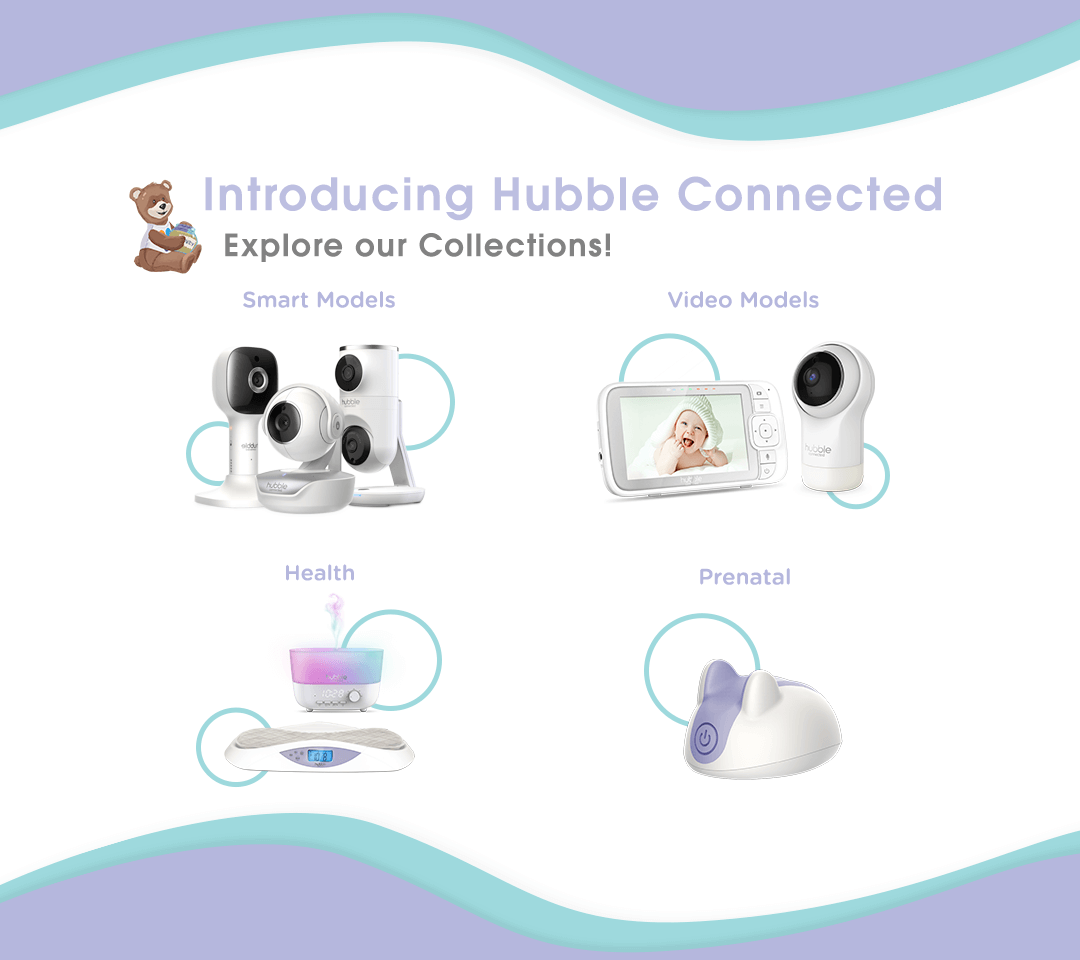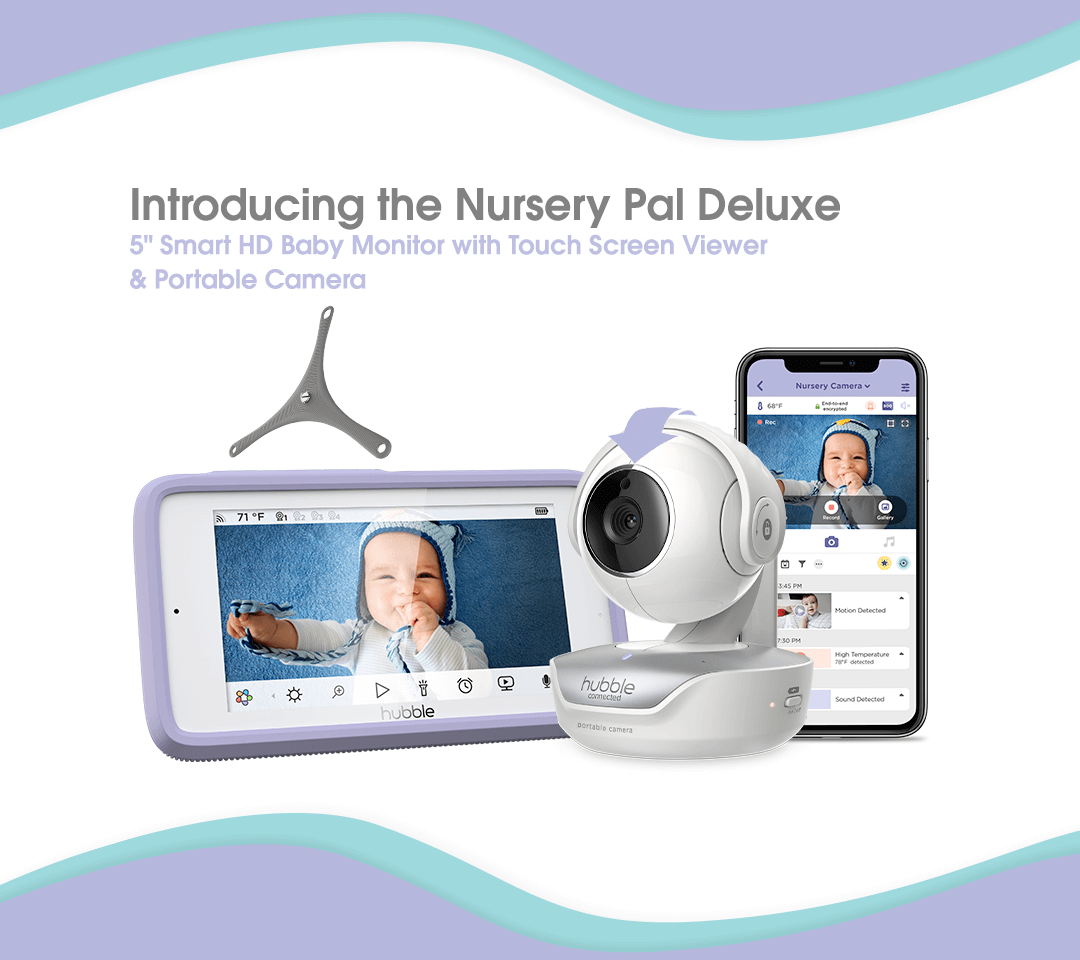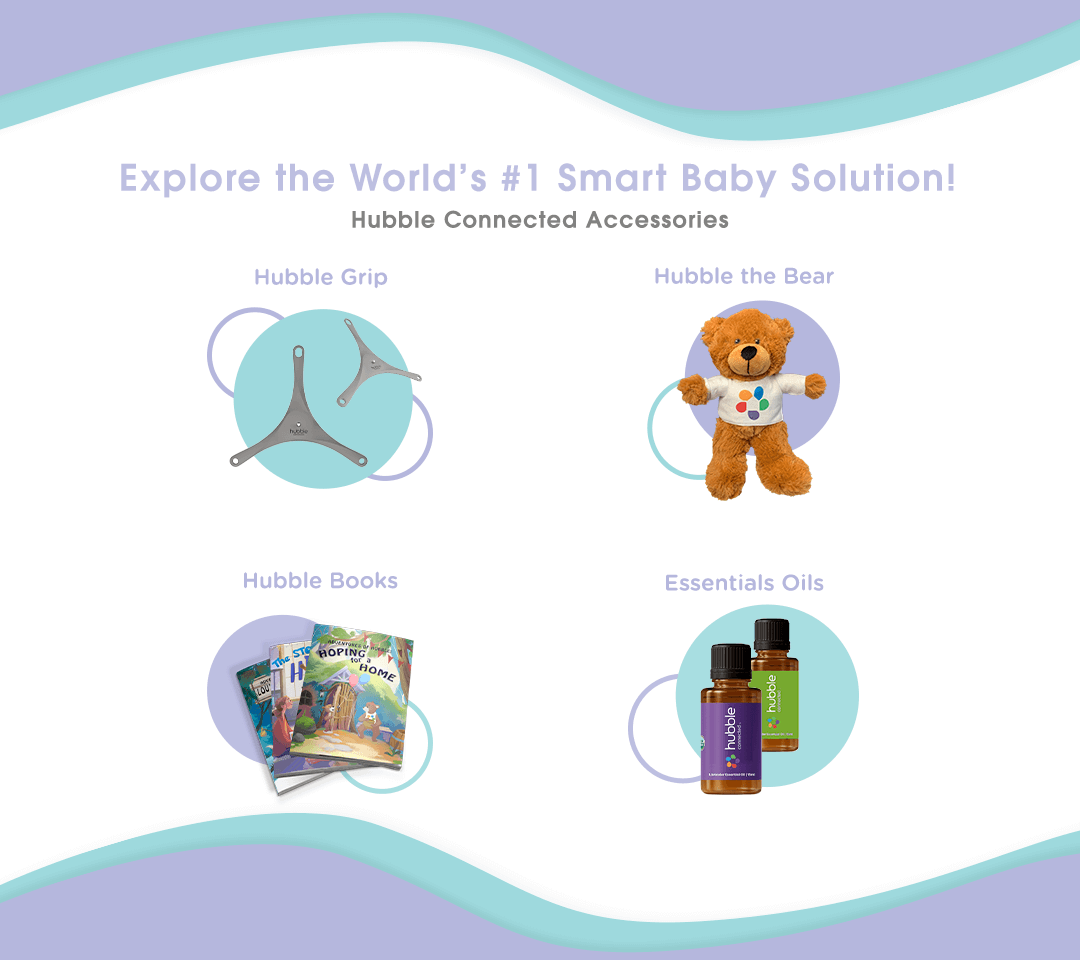Your Cart is Empty
Your Cart is Empty
July 31, 2025 7 min read

Picture this: you check on your sleeping baby and catch a tiny smile spreading across their peaceful face. Your heart melts as you wonder what could be making them so happy in dreamland. This sweet moment is one that parents treasure, but it also raises questions about what causes these sleeping smiles.
Baby sleep smiles are more common than you might think. Most newborns and infants smile during sleep, leaving parents curious about the meaning behind these expressions. Understanding why babies smile while they sleep can help you appreciate these precious moments even more.
Sleep smiles are brief facial expressions that appear while babies sleep. These smiles look similar to the happy expressions babies make when awake, but they happen without conscious control. Parents often notice these smiles during the first few months of their baby's life.
Sleep smiles differ from social smiles that develop around 6-8 weeks of age. Social smiles are responses to interaction and happen when babies are awake and alert. Sleep smiles occur without external triggers and appear to be automatic responses during different sleep stages.
These sleeping expressions can last anywhere from a few seconds to a minute. Some babies smile multiple times during a single sleep session, while others may smile less often. Each baby has their own pattern of sleep behaviors, including when and how often they smile.
A baby's brain undergoes rapid development during the first year of life. This growth affects many aspects of their behavior, including facial expressions during sleep. The developing nervous system creates connections that can trigger involuntary movements and expressions.
During sleep, babies experience different brain wave patterns than adults. Their brains process the day's experiences and continue forming new neural pathways. These processes can result in physical responses, including smiles, even while the baby remains asleep.
The prefrontal cortex, which controls conscious facial expressions, is still developing in babies. This means that sleep smiles may represent unfiltered brain activity that doesn't get processed through the same conscious control mechanisms that adults use.
Babies spend much more time in REM (Rapid Eye Movement) sleep than adults do. Newborns can spend up to 50% of their sleep time in REM stages, compared to about 20% for adults. REM sleep is when most vivid dreaming occurs.
During REM sleep, the brain shows high activity levels while the body remains mostly paralyzed. However, facial muscles are not completely restricted during this stage. This allows for expressions like smiles to appear while the baby dreams.
Research suggests that babies may dream about familiar experiences like feeding, being held, or hearing their parents' voices. These pleasant dream experiences could trigger the physical response of smiling.
Some sleep smiles may be reflex actions rather than responses to dreams. Babies are born with many reflexes that help them survive and develop. These reflexes can activate during sleep without conscious control.
The facial muscles involved in smiling can contract spontaneously as part of normal brain development. These contractions create the appearance of a smile without requiring the baby to feel happy or respond to something pleasant.
As babies grow and their nervous systems mature, these reflexive smiles become less common. Most reflex-based sleep smiles decrease significantly after the first few months of life.
Reflexive smiles appear in newborns and are not connected to emotions or social interaction. These smiles happen automatically and can occur during sleep or while awake. They represent normal nervous system function rather than conscious responses.
Medical professionals can distinguish reflexive smiles from social smiles by their timing and context. Reflexive smiles happen randomly and don't correspond to social cues or environmental changes.
Social smiles develop around 6-8 weeks of age and represent a major milestone in baby development. These smiles happen in response to faces, voices, or other social stimuli. Unlike reflexive smiles, social smiles show that babies recognize and respond to their environment.
Parents can encourage social smiles by talking to their babies, making eye contact, and engaging in gentle play. These interactions help strengthen the parent-child bond and support healthy emotional development.
Sleep smiles combine elements of both reflexive and emotional responses. While babies are unconscious during sleep, their brains remain active and may process pleasant experiences or sensations that trigger smiling.
These smiles provide insight into a baby's sleep patterns and brain development. Parents who observe sleep smiles can feel confident that their baby is experiencing normal sleep cycles and healthy brain activity.
Most babies begin smiling in their sleep within the first few weeks of life. Some newborns smile during their very first days, while others may take a few weeks to show this behavior. The timing varies from baby to baby and reflects individual development patterns.
Sleep smiles are most common during the first six months of life. As babies grow and their sleep patterns mature, these unconscious expressions become less frequent. By their first birthday, most babies smile primarily during waking hours in response to social interaction.
Premature babies may show sleep smiles later than full-term babies, reflecting their additional time needed for nervous system development. This delay is normal and doesn't indicate any problems with the baby's health or development.
A comfortable sleep environment can affect how often babies smile during sleep. Babies who sleep in quiet, comfortable spaces with appropriate temperatures may show more positive sleep behaviors, including smiles.
Consistent sleep routines help babies achieve deeper, more restful sleep. When babies sleep well, they're more likely to cycle through all sleep stages properly, creating more opportunities for sleep smiles to occur.
Well-fed, comfortable babies often smile more during sleep than babies who are uncomfortable or hungry. Meeting a baby's basic needs before sleep helps them relax and enter positive sleep states.
Babies who feel secure and loved may dream about pleasant experiences, which can trigger sleep smiles. The emotional state before sleep can influence dream content and sleep behaviors.
Some babies are naturally more expressive than others, both awake and asleep. Babies with outgoing personalities may smile more often during sleep, while quieter babies might show fewer visible expressions.
These personality differences are normal and don't reflect the baby's happiness or health. Each baby has their own way of expressing themselves, including during sleep.
Sleep smiles indicate healthy brain development and normal sleep patterns. Parents can view these expressions as positive signs that their baby's nervous system is developing properly.
Observing sleep smiles can help parents understand their baby's sleep cycles and patterns. This knowledge can be useful for establishing good sleep routines and recognizing when babies are sleeping deeply.
Even though babies are unconscious during sleep smiles, these moments create powerful bonding experiences for parents. Watching a sleeping baby smile can strengthen the emotional connection between parent and child.
These sweet moments often become treasured memories that parents carry throughout their lives. Many parents report feeling intense love and protection when they see their babies smile in sleep.
While sleep smiles don't necessarily indicate conscious happiness, they often suggest that babies are comfortable and secure. Babies who feel safe and loved may show more positive sleep behaviors.
Parents who provide consistent care, comfort, and love create environments where babies can relax and experience peaceful sleep with positive expressions.
Most sleep smiles are completely normal and don't require medical attention. However, parents should consult healthcare providers if they notice certain concerning patterns.
If sleep smiles are accompanied by jerky movements, twitching, or other unusual facial expressions, parents should discuss these observations with their pediatrician. While most sleep movements are normal, excessive or repetitive movements might indicate neurological concerns.
Sudden changes in sleep behavior, including the disappearance of sleep smiles, could indicate illness or discomfort. Parents who notice significant changes in their baby's sleep patterns should seek medical advice.
Sleep smiles combined with fever, feeding difficulties, or unusual crying patterns may indicate health issues. Parents should trust their instincts and consult healthcare providers when they have concerns about their baby's wellbeing.
Maintain a quiet, comfortable sleep space where you can observe your baby without disturbing their rest. Dim lighting allows you to see facial expressions while keeping the environment conducive to sleep.
Sleep smiles happen unpredictably and may not occur during every sleep session. Patient observation over time will give you more opportunities to witness these special moments.
Consider taking photos or videos of sleep smiles to preserve these memories. These images can become treasured keepsakes that capture your baby's early development. You can easily capture your sleeping baby with your Hubble Connected baby monitor.
Resist the urge to wake your baby when you see sleep smiles. These expressions happen during important sleep cycles that support healthy brain development. Allowing uninterrupted sleep benefits your baby's overall health and growth.
Consistent bedtime routines help babies feel secure and fall asleep more easily. Routines might include feeding, bathing, reading, or gentle music. Predictable patterns help babies relax and achieve deeper sleep states.
Ensure your baby's sleep space is comfortable with appropriate temperature, soft bedding, and familiar scents. Comfortable babies are more likely to sleep deeply and show positive sleep behaviors.
Address hunger, diaper changes, and comfort needs before sleep time. Babies who feel satisfied and comfortable can focus on rest rather than discomfort.
Babies who feel safe and loved often sleep more peacefully. Consistent caregiving, gentle handling, and responsive parenting create emotional security that supports healthy sleep patterns.
Baby sleep smiles represent one of parenting's most magical moments. These unconscious expressions offer glimpses into your baby's developing mind and provide reassurance about their healthy growth.
Understanding the science behind sleep smiles can help you appreciate these moments even more. Whether caused by dreams, reflexes, or brain development, these smiles represent normal, healthy processes that support your baby's growth.
Every sleeping smile is a reminder of the miracle of development happening in your baby's growing brain. These precious expressions create lasting memories and strengthen the bond between you and your child.
Treasure these moments while they last. As your baby grows and their sleep patterns mature, sleep smiles will become less common. The early months of life offer the most opportunities to witness these sweet, unconscious expressions of contentment.
Your baby's sleep smiles are gifts that remind you of the joy and wonder of new life. Each smile represents growth, development, and the beautiful process of becoming human. In these quiet moments of observation, you're witnessing something truly special – the peaceful rest of a growing child whose brain is busy building the foundation for a lifetime of learning and development.

December 21, 2023 2 min read
and get $10 OFF your next Hubble Connected purchase.
.png?v=1627679689)

.png?v=1627679796)
.png?v=1627679828)



